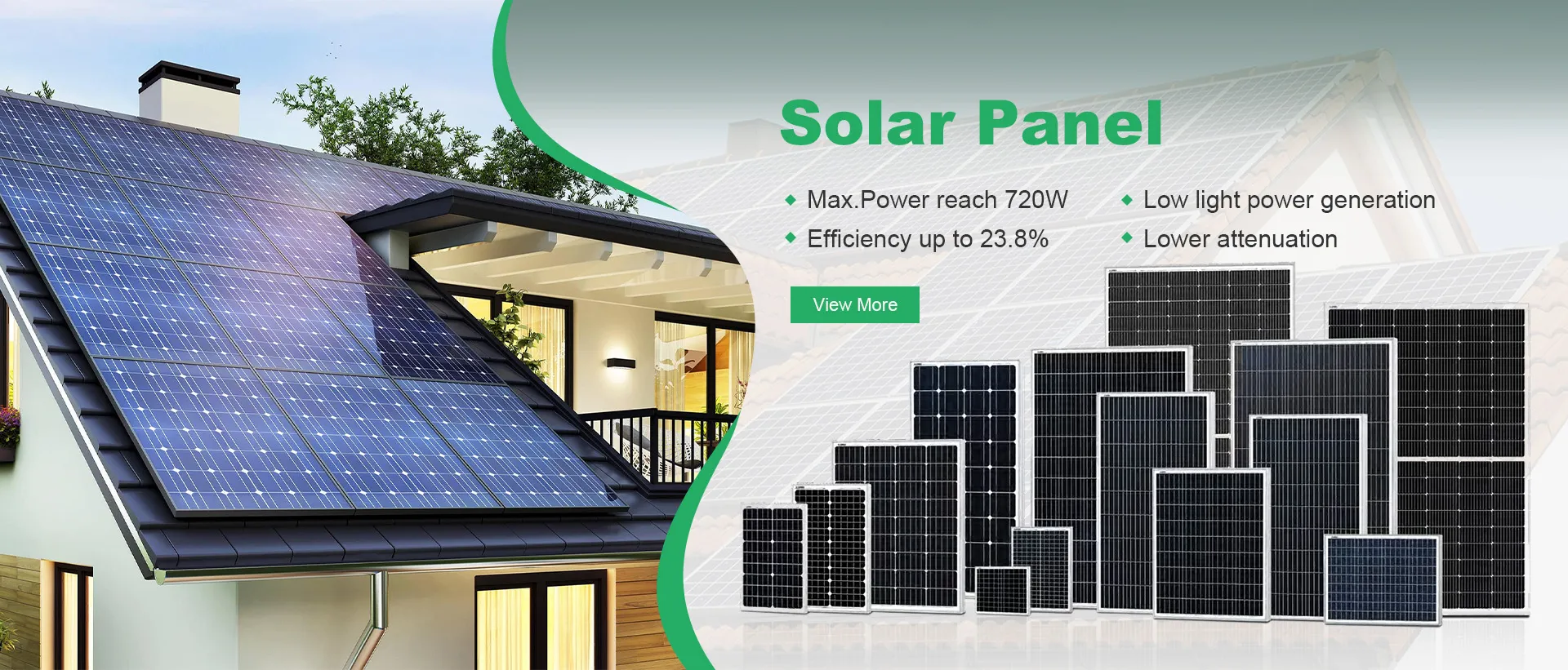different solar panel sizes
Different Solar Panel Sizes and Their Applications
Solar energy has become a significant player in the pursuit of sustainable and renewable energy sources. As more homeowners and businesses turn to solar power to reduce their carbon footprint, understanding the various sizes of solar panels and their applications is essential. Solar panels come in different sizes to accommodate diverse needs, from small residential setups to large commercial installations.
Standard Solar Panel Sizes
Typically, solar panels are measured in watts, which indicates their power output potential. The most common residential solar panels fall within the range of 250 to 400 watts per panel. A standard size for these panels is approximately 65 inches by 39 inches. However, manufacturers offer variations that can be slightly larger or smaller to optimize efficiency and power output.
Compact Panels for Small Spaces
For households with limited roof space, compact solar panels provide an excellent solution. These smaller panels usually produce between 100 and 200 watts and are ideal for mounting on tiny roofs or even for portable use in RVs or camping. While they may offer less power than larger panels, strategically placing multiple compact panels can still yield a significant energy output.
Larger Panels for Commercial Use
different solar panel sizes

In contrast, commercial solar installations often utilize larger panels that can generate upwards of 400 watts each. These panels tend to be larger in size, measuring around 77 inches by 39 inches. Their higher output is crucial for businesses looking to minimize their energy costs and maximize their return on investment. Large installations enable companies to decrease reliance on grid electricity, ultimately leading to substantial savings.
Specialty Panels
In addition to standard panels, there are also specialty solar panels designed for specific conditions. Bifacial panels, for example, can harness sunlight from both sides, increasing their overall efficiency and making them well-suited for open fields or commercial rooftops. There are also thin-film panels, which are lightweight and flexible, allowing for innovative applications in unique settings, such as on curved surfaces or portable devices.
Conclusion
Choosing the right size of solar panels is crucial for maximizing energy output and ensuring that systems are cost-effective. Homeowners should assess their energy needs, available space, and local regulations before selecting the appropriate panel size. Similarly, businesses must calculate potential energy consumption to determine the size and number of panels required for optimal performance.
As solar technology continues to evolve, the variety of solar panel sizes will likely expand, catering to a broader range of applications. By understanding the different available options, consumers can make informed decisions that align with their energy goals while contributing to a greener future. Whether for residential or commercial use, there's a solar panel size to meet the diverse energy needs of every user. Investing in the right solar technology can lead to long-term benefits for both the environment and the wallet.
-
Understanding the Advantages of Solar String Inverters for Your Energy SystemNewsApr.29,2025
-
Choosing the Right PV Inverter: A Comprehensive GuideNewsApr.29,2025
-
The Future of Solar Power: Exploring Bifacial Solar PanelsNewsApr.29,2025
-
The Complete Guide to Solar Panels: Efficiency, Cost, And InstallationNewsApr.29,2025
-
The Best Options for Efficiency and Cost-EffectivenessNewsApr.29,2025
-
Harnessing the Power of Off-Grid Solar Inverters for Energy IndependenceNewsApr.29,2025







